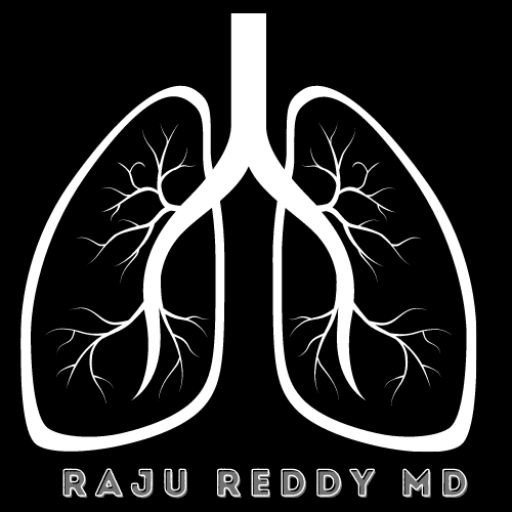Lung health is essential to overall well-being, yet it is often overlooked in school curriculums. As respiratory diseases, such as asthma and chronic obstructive pulmonary disease (COPD), continue to affect millions worldwide, it’s crucial to educate children about maintaining healthy lungs. Incorporating lung health education into school programs can foster lifelong healthy habits and reduce the risk of respiratory illnesses in future generations.
Raising Awareness Early
Teaching lung health at an early age helps students understand the importance of respiratory care. Children are naturally curious, and educating them about how their lungs work and the factors that can harm them can have a lasting impact. Lessons on basic anatomy, the function of the respiratory system, and common respiratory conditions can build a foundation of knowledge, encouraging children to make better choices throughout their lives.
Preventive Health Habits
Incorporating lung health education also promotes preventive health habits. By learning about the dangers of smoking, air pollution, and secondhand smoke exposure, students are empowered to avoid harmful behaviors. Early education can deter children from picking up smoking, a habit that leads to lifelong respiratory complications. Schools can integrate discussions on healthy habits, such as regular exercise and good nutrition, to reinforce the importance of lung care.
Empowering Students with Asthma
Asthma is among the most common chronic conditions among school-aged children, affecting millions globally. Including asthma education in schools’ curriculums can help children with asthma and their peers better understand the condition. Teaching students how to recognize asthma triggers, manage symptoms, and use inhalers can prevent asthma attacks and create a more supportive environment for affected students. Educating peers can also foster empathy and reduce stigma around the condition.
Hands-On Learning and Activities
Schools can incorporate hands-on activities and demonstrations to make lung health education more engaging. For example, interactive lessons on breathing exercises can teach children how to strengthen their lung capacity. Visual demonstrations of how smoking damages the lungs can leave a powerful impact. Field trips to medical facilities or inviting guest speakers, such as respiratory therapists, can give students real-world insights into lung health and medical care.
Long-Term Impact
By incorporating lung health education into school curriculums, educators can contribute to a healthier future generation. Students will have the knowledge and tools to protect their respiratory health, reduce their risk of lung-related diseases, and adopt healthier lifestyles. Early education on lung health has the potential to significantly lower healthcare costs associated with respiratory illnesses while fostering a culture of health and wellness in schools.

